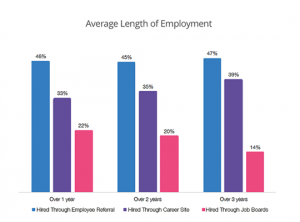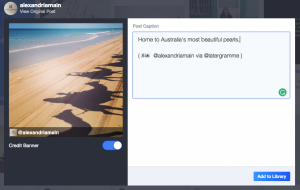
International SEO isn’t too dissimilar to the more familiar practice of native SEO, however it does involve a bit of additional effort in preparing your site to target specific countries or languages.
You may have traffic coming from another country, know that many of your customers speak a different language, or simply want to target a wider audience; in each case, international SEO should be your first port of call.
What essentially is geo-targeting, international SEO enables you as a webmaster to serve the right content, in the right language, to the right visitors. For instance, even though the UK and the US speak the same language, there are many things that aren’t the same including customer service times, currencies, localized (or should that be ‘localized’?) company information, and even culture.
By using geo-targeting you can help avoid confusion among customers, particularly around services, product availability, and shipping options.
There are several ways you can approach international SEO and organize country and language specific content, to better aid search engines in recognizing and crawling your site. Subdomains, subdirectories, ccTLD, separate domains; these are all good choices depending on your needs—as long as you follow Google’s advice of structuring the hierarchy in a similar way across all your country or language groups.
Before getting started, it’s important to check that the amount of traffic you are receiving constitutes setting up new sites or subdomains. You can do this by analyzing your website traffic in Google Analytics, using the “Geo” reports under the “Audience” section.
Sub-Directories
Sub-Directories make a good option as they allow alternative sites to inherit popularity from the gTLD. A downside though is the complexity of the web structure and the fact that a subdomain with little content may not fair well in the SERPs against other, more localized gTLDs. EA and Spotify are two big companies who are targeting countries using sub-directories.
Sub-Domains
Sub-Domains are another option which inherit popularity from the gTLD, but this time without complicating your web structure. However, Sub-Domains may need additional effort as they are often seen as independent entities.
ccTLDs – Country Code Top-Level Domain
ccTLDs are the right option if you are looking to geo-target your site according to a specific country extension (.es, .ar .mx etc.). Bear in mind though they do require more effort to set-up, grow, and maintain as they are essential an additional website.
If you know which countries or language groups your are going to target, as well as how you are going to serve the content, you will find a number of tips below to help further boost your content up the local SERPs.
Localize content
Further to organizing the structure of your site, making sure your content conforms to the target area will all act as a strong indicator to search engines. That means writing in the local language, using the correct currency and time zone, and providing the most appropriate contact information like addresses and phone numbers.
Even more subtle nuances like dialect, color, layout, and style of humor can influence your success in the SERPs, more due to the fact that you will be providing your customer with a more relevant, localized user experience.
Also, don’t forget you can use geo-targeting within the webmaster tools on the big search engines—Bing, Google, Yandex— to specify which country you are directing your efforts towards.
Language
It goes without saying that the language of the site should coincide with your target language—including site navigation, sitemap, and status errors—but less obvious is how you can let search engines know which languages you are set up to handle.
Hreflang tags are snippets of code which indicate to the search engines the languages your content is available in. You can find a great guide on how to add hreflang tags to your site on Moz.
There are many other methods to help search engines decipher whether your site is local or not, including checking if your site is hosted on a local IP, analyzing your backlink profile, and seeing if you link to local resources, which much like the other steps in this guide, will all help to strengthen your local ranking efforts.
Digital & Social Articles on Business 2 Community(95)









